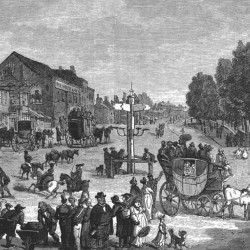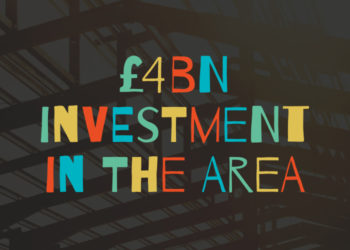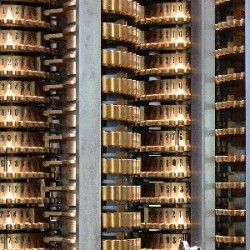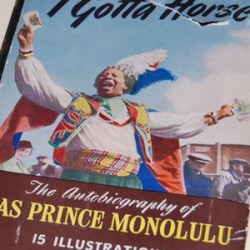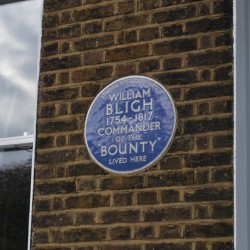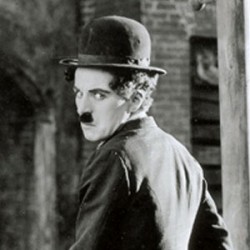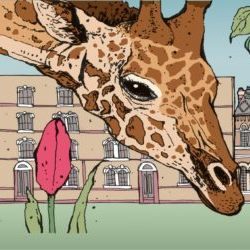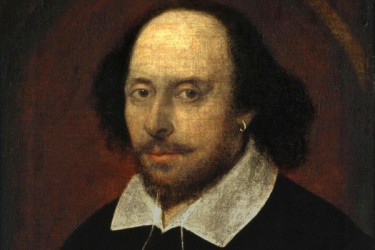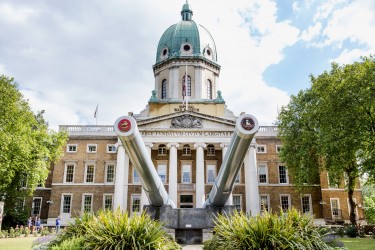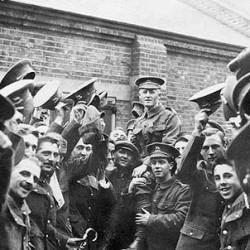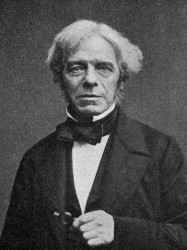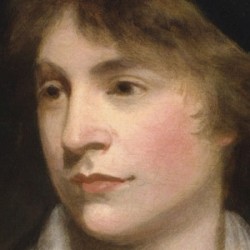It’s been a long time since anyone’s described the Elephant as the ‘Piccadilly of the South’. But, as a central London location (as central as Victoria) and with huge investment being ploughed into the area, it’s a nickname which may be due a revival.
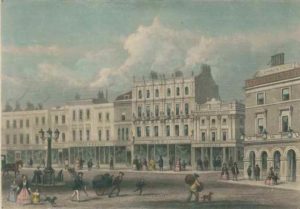
Piccadilly, one of the capital’s most prestigious roads (and roundabouts), is internationally famous for its shops such as Fortnum & Mason’s and Hatchards.
Over the years, the Elephant has also had its share of equally renowned shops.
Edgington’s, at 106 Old Kent Road, began trading in tents, rope, sails, and other naval supplies in 1805. The flags for HMS Victory, Admiral Horatio Nelson’s flagship, came from Edgington’s – making the staff of the store the first men in England to ‘do their duty’. While the store closed in 1967 to make way for the Bricklayer’s Arms flyover, the façade was removed and replaced at the Woburn Abbey Antiques Centre.
Clothing stores were common – reflecting the Elephant and Castle’s importance as a nightlife venue. Isaac Walton & Co’s menswear shop was where the Salvation Army HQ currently stands at 97-101 Newington Causeway. Hurlock’s sold men’s, women’s, and children’s clothes from a Walworth Road site currently occupied by the shopping centre. Carter’s menswear store, opened in 1851, a short distance down the Old Kent Road from Edgington’s. It was famous for the clock over its front door, topped with a man wearing a bowler hat. He faithfully doffed it for passersby on the hour, every hour until the store’s 1978 closure.
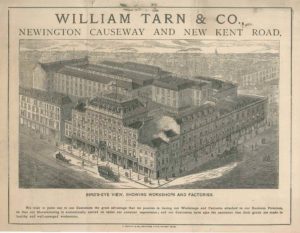
To this day, the Elephant and Castle is still home to some popular shops and markets.
East Street Market is one of London’s oldest and busiest; although it was formally founded in 1880, it traces its roots to the 16th century. In Victorian times the market stretched the entire length of East Street. Since 1927 stall-holders have had formalised pitches, ending the tradition of a policeman whistling to open the market – and the resulting scrum for places. The shopping centre, by contrast, is a mere baby: it opened in March 1965, as one of the earliest indoor shopping centres in the country, and the largest in Europe.
The Elephant also has several historic shops which continue to trade on Walworth Road including Baldwins Apothecary and the jewelers, Shcwar and Co.
While Piccadilly has long been the gateway to the entertainments and attractions of the West End, south of the river, the Elephant was London’s premier entertainment destination for several decades.
the Trocadero was one of the biggest cinemas in Europe
At first, the area offered music halls – venues for live variety entertainment. The South London Palace, next to the Bakerloo line Tube station, opened in 1860, and played host to superstars like Dan Leno and Marie Lloyd. By the early 20th century, however, cinema dominated: the area around the Elephant boasted 42 different picture palaces.
Perhaps the most spectacular was the Trocadero, one of the biggest cinemas in Europe when it opened at Christmas 1930. Paul Robeson, the American singer and actor whose Othello is one of the high points of 20th century Shakespearean performance, was the opener. It was demolished and replaced in 1964 by Ernö Goldfinger’s Alexander Fleming House (now Metro Central Heights); a plaque on the building commemorates the “Troc”.
The neighbourhood’s cinematic associations live on in the form of the Cinema Museum, the only museum in London dedicated to the history of film.
So in the Elephant’s heyday, the two districts shared a real affinity and, who knows, were it not for the vagaries of fate, it could have been Piccadilly earning itself the nickname ‘the Elephant of the north’.
